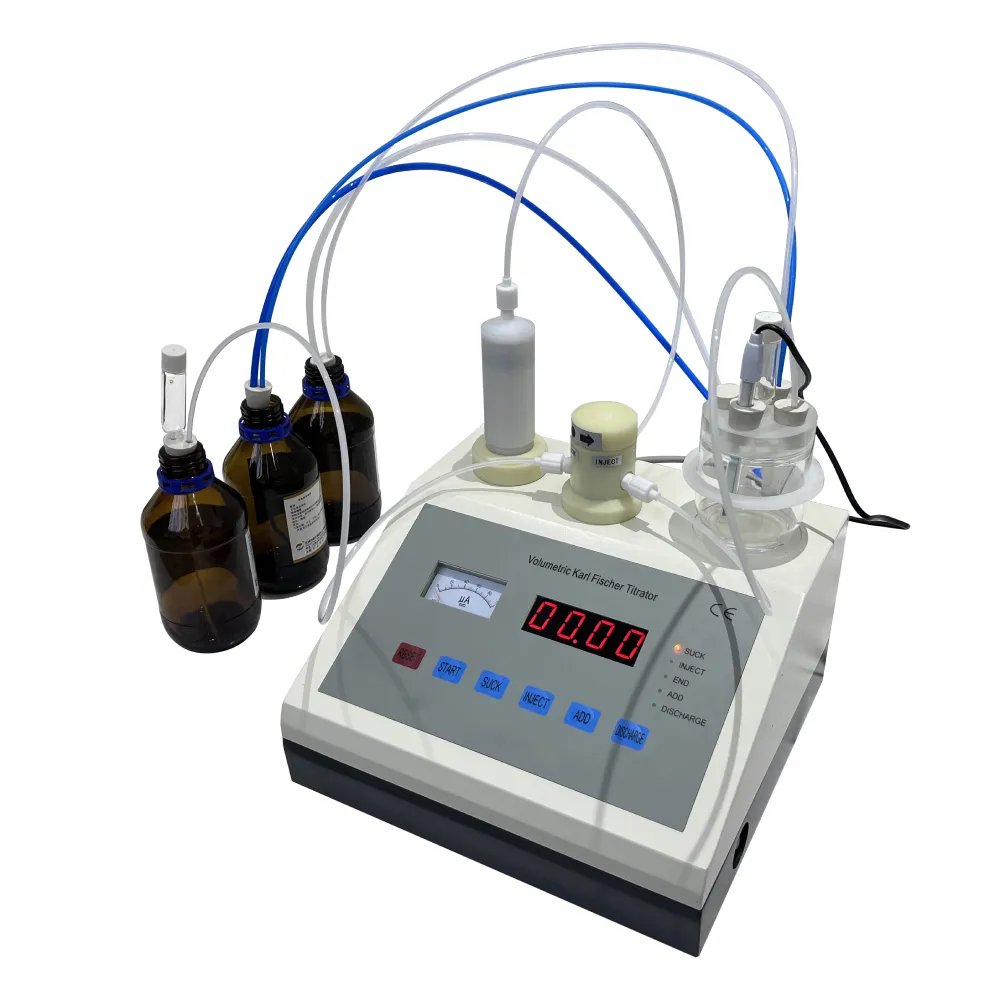 English
English


transformer oil tan delta test set
Understanding the Tan Delta Test for Transformer Oil Importance and Methodology
Transformer oil is a vital component in ensuring the efficient operation of electrical transformers. It serves multiple functions, such as insulation, cooling, and safeguarding the transformer's internal components from moisture and contaminants. Over time, however, transformer oil can degrade due to heat, oxidation, and contamination, which may adversely affect its performance. One of the key tests used to monitor the condition of transformer oil is the Tan Delta test, also known as the Power Factor test. This article explores the significance of the Tan Delta test, its methodology, and what results can indicate about transformer oil quality.
Importance of the Tan Delta Test
The Tan Delta test measures the dielectric properties of transformer oil, which directly relates to its insulation performance. The power factor (or Tan Delta) indicates the level of energy loss in the transformer oil when subjected to an alternating electric field. A higher Tan Delta value suggests a significant energy loss, which may indicate the presence of contaminants or the breakdown of the oil's dielectric strength.
Monitoring the Tan Delta helps in identifying the onset of insulation failure in transformers, allowing for timely maintenance and preventing catastrophic failures. Regular testing can also prolong the life of transformers, thereby reducing operational costs and enhancing system reliability. Utility companies and industries rely on this test to make informed decisions about oil replacement and maintenance scheduling for their transformer equipment.
Methodology of the Tan Delta Test
The Tan Delta test follows a systematic approach to ensure accuracy and reliability. Below is an overview of the methodology involved
1. Sample Collection A representative sample of transformer oil is extracted from the transformer tank under specific safety and operational guidelines. It is crucial that the sample is free from foreign contaminants such as water and particulate matter.
2. Preparation The collected sample is placed in a clean container, ensuring that there is no moisture ingress or exposure to atmospheric conditions that might alter its properties.
transformer oil tan delta test set

3. Testing Setup The test is generally performed using a calibrated test set-up that includes a high-voltage transformer, a capacitive measurement device, and an associated testing apparatus. The oil sample is subjected to a controlled alternating current.
4. Data Acquisition As the current flows through the oil, the system measures both the in-phase and out-of-phase components of the alternating current. These measurements enable the calculation of the Power Factor or Tan Delta value.
5. Analysis Once the measurements are taken, the operator analyzes the results to determine the oil's dielectric properties. Typically, the results are compared against established benchmarks or historical data for the specific transformer.
6. Reporting Finally, a report is generated, detailing the Tan Delta measurement, potential implications for transformer performance, and recommendations for further action, if necessary.
Interpreting the Results
Understanding the implications of Tan Delta test results is crucial for effective transformer maintenance. A Tan Delta value of less than 0.1 is usually considered acceptable for most transformer oils. If the value rises above this threshold, it could indicate increased levels of moisture, particulate contamination, or aging of the insulation properties of the oil.
If the Tan Delta readings show a consistent upward trend during consecutive testing intervals, this signals the need for immediate investigation. Potential corrective actions might include further analysis, oil filtration or regeneration, or even oil replacement if deemed necessary.
Conclusion
In conclusion, the Tan Delta test is an essential tool for evaluating the health of transformer oil and, by extension, the reliability of transformer operations. By continuously monitoring the Tan Delta value, utility companies and engineering firms can ensure the longevity and efficiency of their electrical systems. Utilizing this testing method not only aids in preventing unexpected transformer failures but also fosters proactive maintenance strategies that protect valuable equipment and resources. Regular monitoring and analysis of transformer oil characteristics can result in significant cost savings and improved system reliability in the long run.
-
Differences between open cup flash point tester and closed cup flash point testerNewsOct.31,2024
-
The Reliable Load Tap ChangerNewsOct.23,2024
-
The Essential Guide to Hipot TestersNewsOct.23,2024
-
The Digital Insulation TesterNewsOct.23,2024
-
The Best Earth Loop Impedance Tester for SaleNewsOct.23,2024
-
Tan Delta Tester--The Essential Tool for Electrical Insulation TestingNewsOct.23,2024





